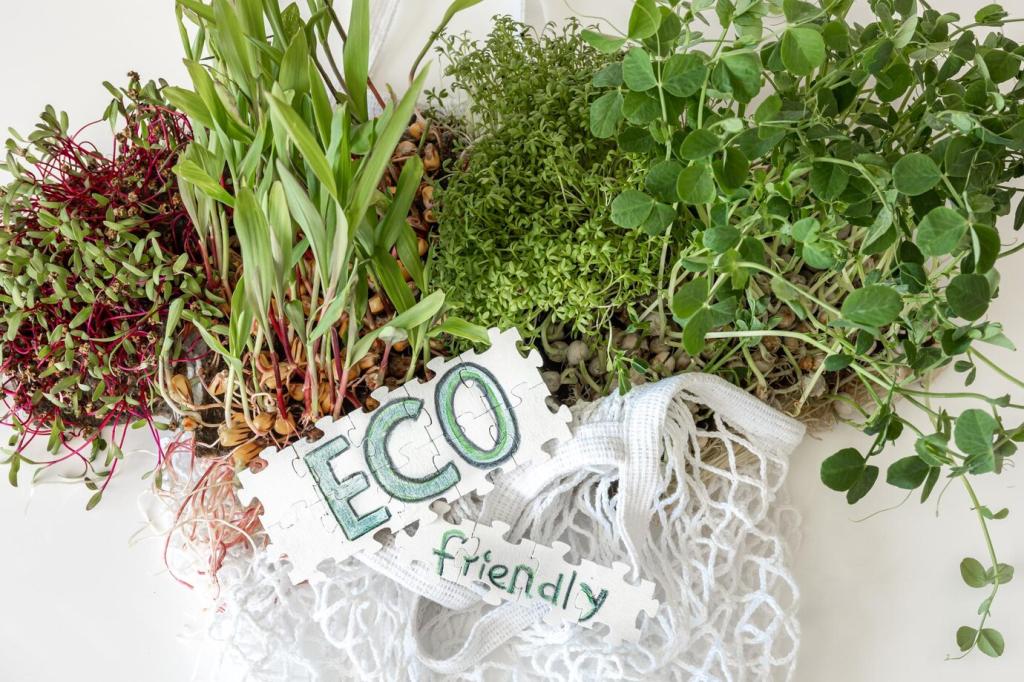Stories from the Garden Path
After replacing half their turf with native perennials, one family reported fewer weeds, more butterflies, and neighbors stopping to chat. The new meadow turned a quiet front yard into a conversation starter and a pollinator rest stop.
Stories from the Garden Path
A child counted eight monarch caterpillars on milkweed planted the previous spring, proof that even small patches make a difference. Share your own sightings in the comments and encourage a friend to plant one native host this weekend.
Stories from the Garden Path
A grandfather tended a modest strip of little bluestem for decades. During a dry summer, his swaying grass stayed green while lawns browned. He’d smile and say, “The prairie remembers.” Subscribe for monthly plant profiles that carry stories forward.
Stories from the Garden Path
Lorem ipsum dolor sit amet, consectetur adipiscing elit. Ut elit tellus, luctus nec ullamcorper mattis, pulvinar dapibus leo.



